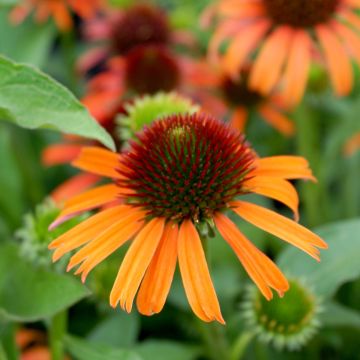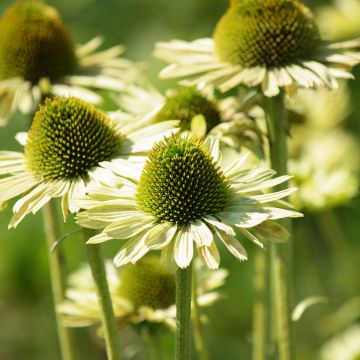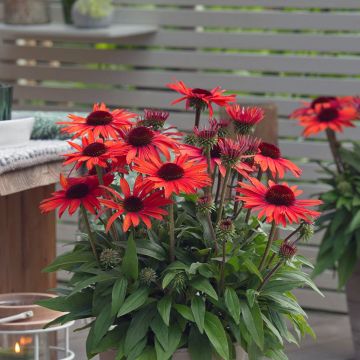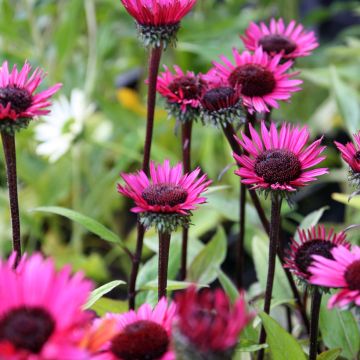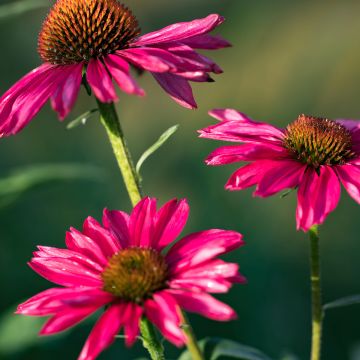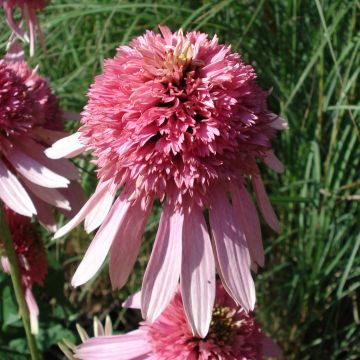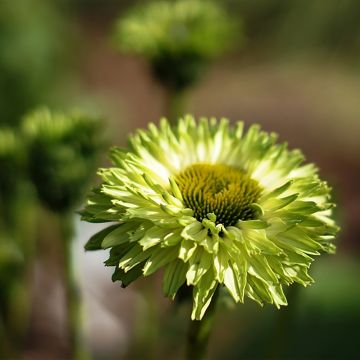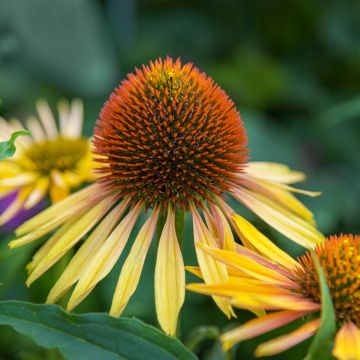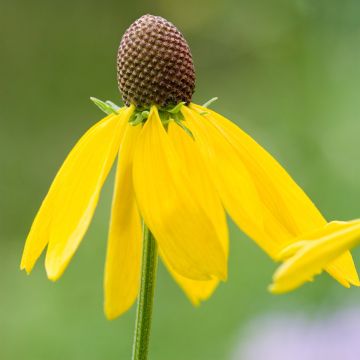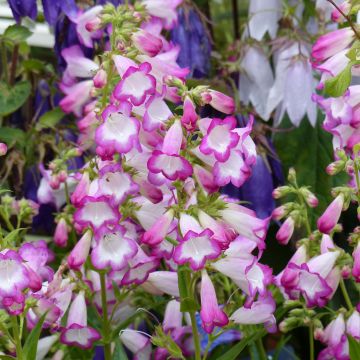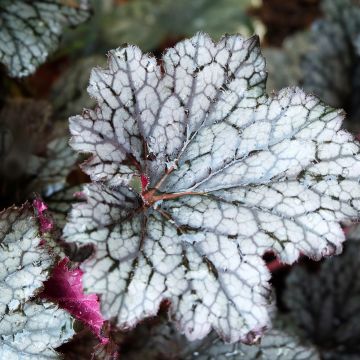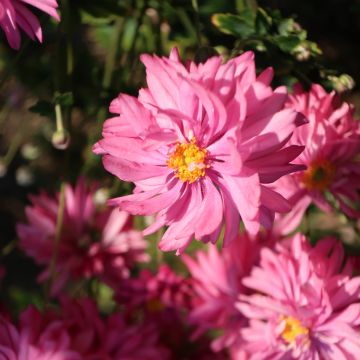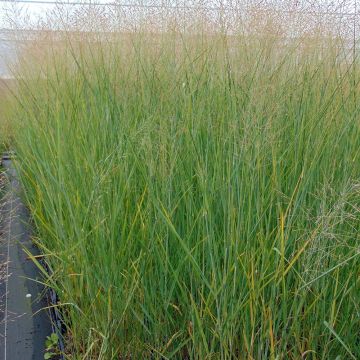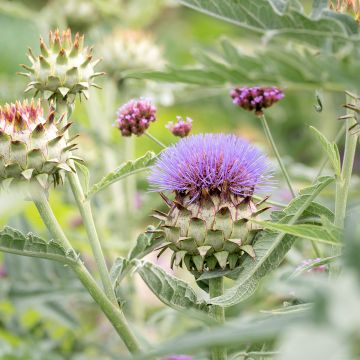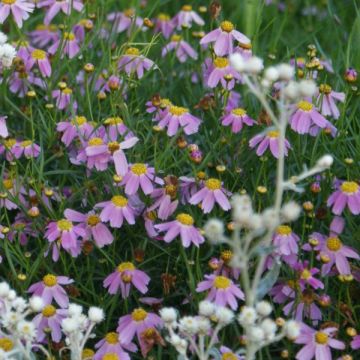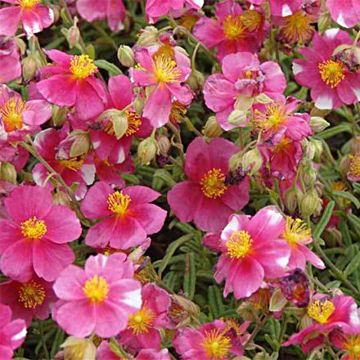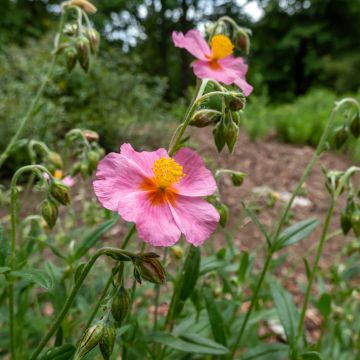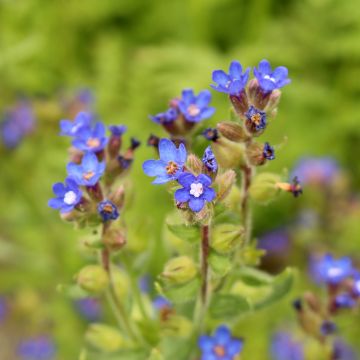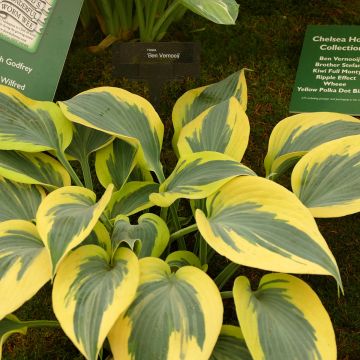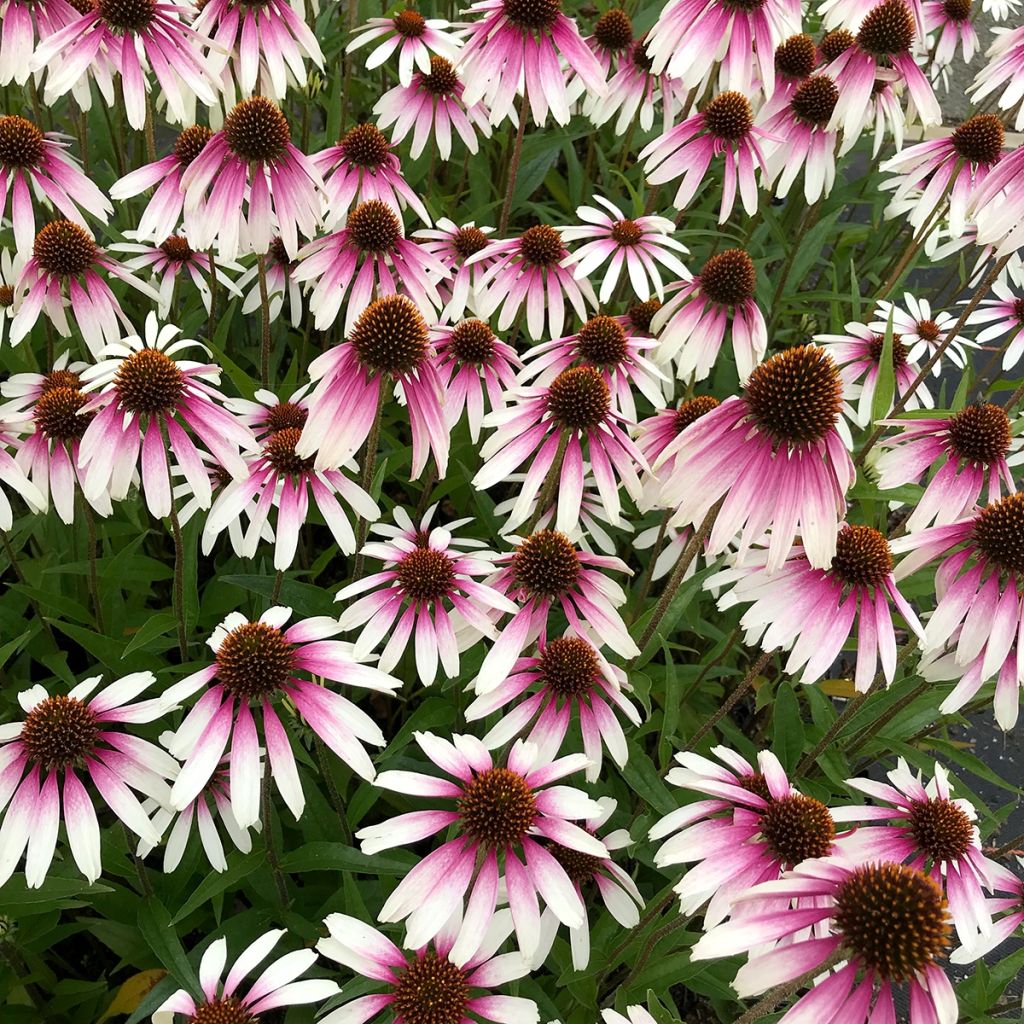

Echinacea JS Engeltje Pretty Parasols - Echinacée
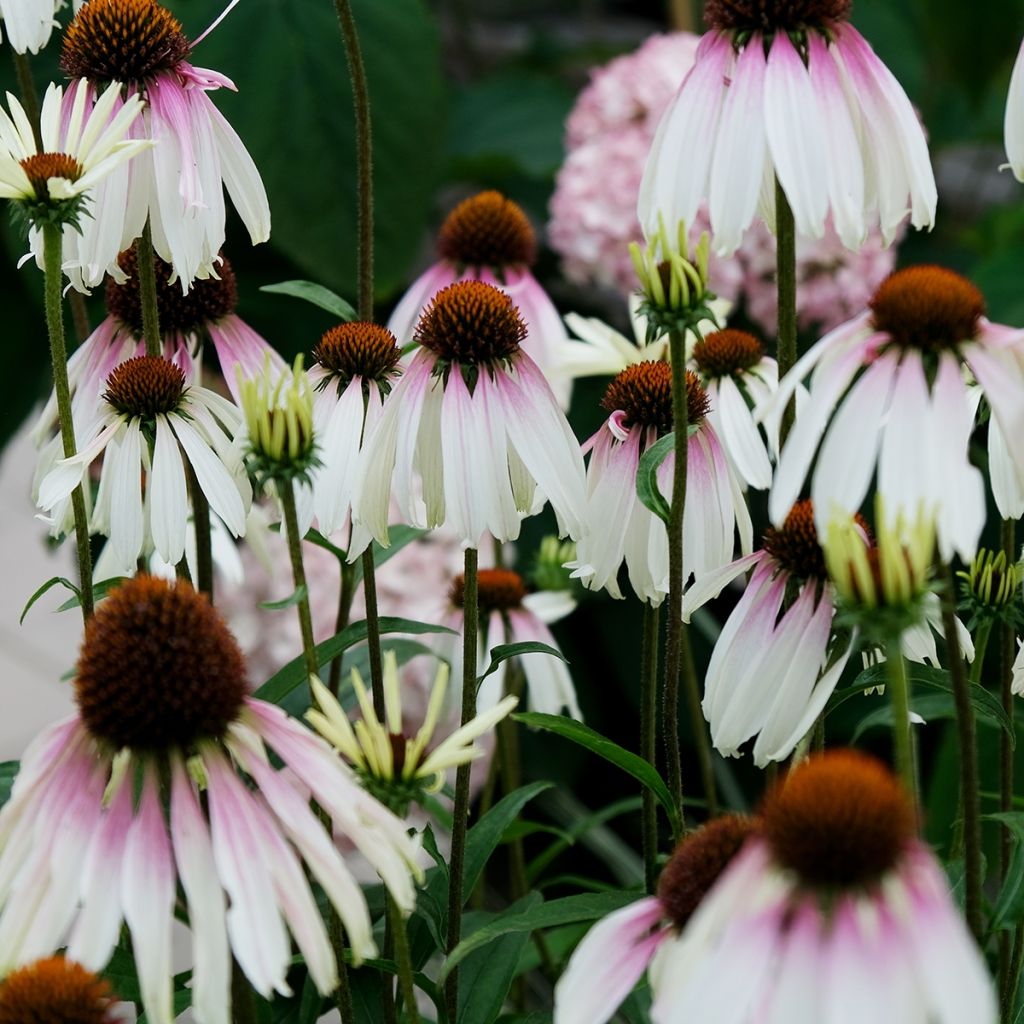

Echinacea JS Engeltje Pretty Parasols - Echinacée
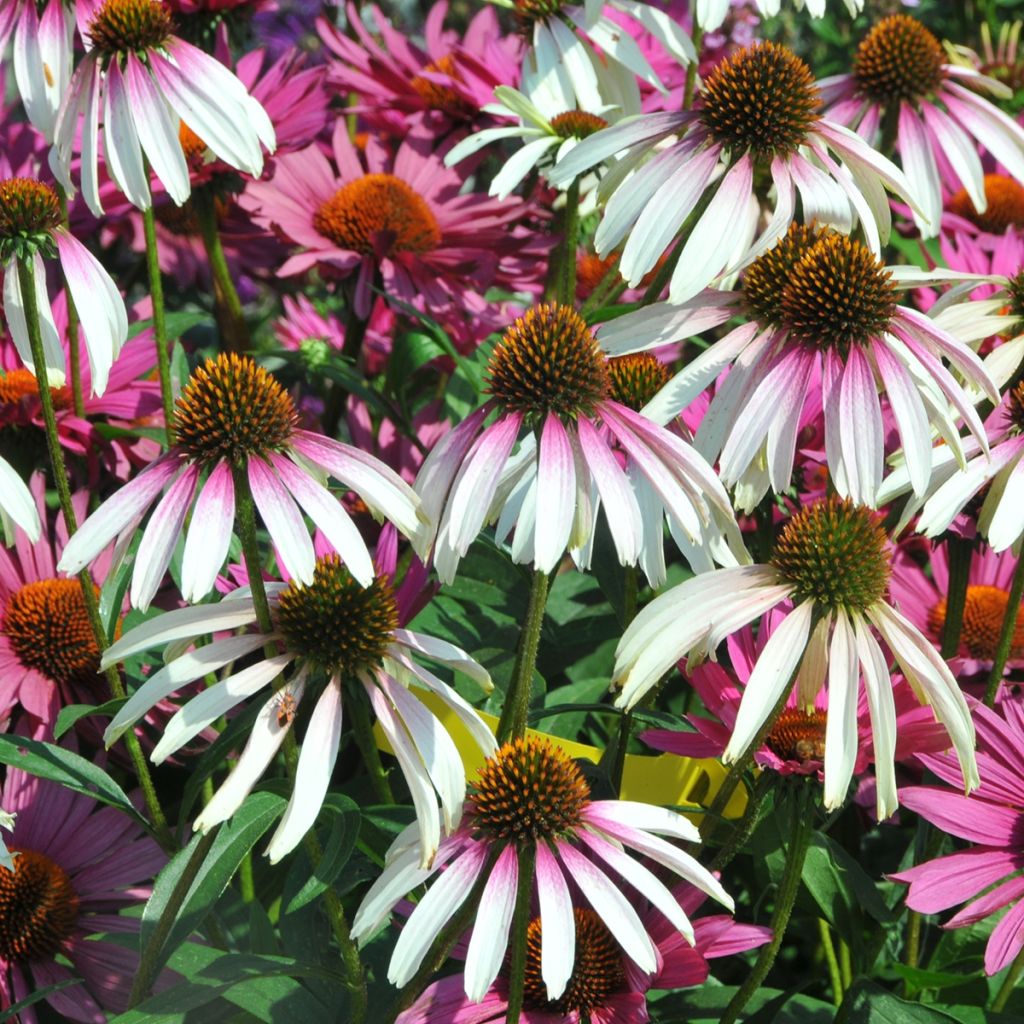

Echinacea JS Engeltje Pretty Parasols - Echinacée
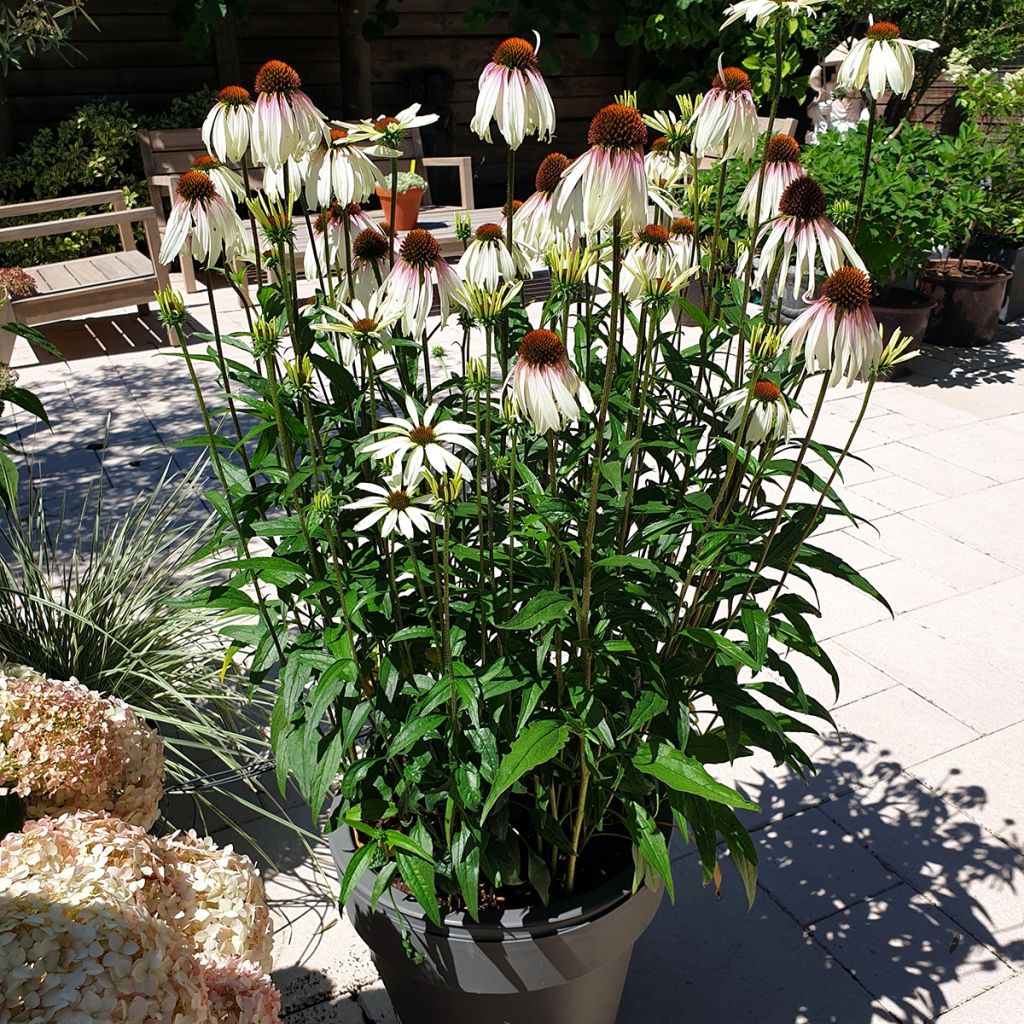

Echinacea JS Engeltje Pretty Parasols - Echinacée
Echinacea JS Engeltje Pretty Parasols - Purple coneflower
Echinacea 'JS Engeltje' Pretty Parasols
Eastern purple coneflower, Purple coneflower
Received the package very quickly, well packaged and in very good condition. The young plants were immediately planted and I am looking forward to seeing their growth and flowering in 2025. A big thank you to the customer service for this second shipment.
Eliane, 07/11/2024
This item cannot be shipped to the selected country
Delivery charge from €5.90
Delivery charge from €5.90
More information
Schedule delivery date,
and select date in basket
This plant carries a 12 months recovery warranty
More information
We guarantee the quality of our plants for a full growing cycle, and will replace at our expense any plant that fails to recover under normal climatic and planting conditions.
From €5.90 for pickup delivery and €6.90 for home delivery
Express home delivery from €8.90.
From €5.90 for pickup delivery and €6.90 for home delivery
Express home delivery from €8.90.
Does this plant fit my garden?
Set up your Plantfit profile →
Description
Echinacea 'JS Engeltje Pretty Parasols' is a flowering perennial with an upright habit, whose pure white flowers, slightly tinged with pink at the base, bloom throughout the summer. Beautiful and attractive, this plant, favored by enthusiasts, is ideal for cutting or drying. It is also a very resistant plant that adapts to difficult conditions, occasionally tolerating intense heat, humidity, and drought. It can even grow in poor soils.
Native to the western United States, the purple coneflower is a perennial of high meadows, environments where competition with other plants is tough. 'JS Engeltje' is an upright form, about 90cm (35in) tall and 50cm (20in) wide. It belongs to the 'Pretty Parasols' series, which have sturdy stems that do not bend in the wind. They bear several flowers that do not bloom at the same time, thus extending the flowering period. The dark green, lanceolate, deciduous leaves are covered in rough hairs. Flowering occurs from July to October, and it is highly visited by butterflies and bees. The branched, green-redish stems are topped with a pure white head with an orange central disc. The base of the ligulate flowers (the "petals") is pale pink. This plant firmly and deeply anchors itself in the soil, thanks to its well-developed root system.
The Rudbeckia 'JS Engeltje' can be paired with other coneflowers, prairie plants such as Monardas, the 'Cluden Sapphire' geranium, as well as airy grasses like Eragrostis spectabilis. Once dried, the flowers will make beautiful bouquets. They can also be left in place in autumn for the delight of birds.
Properties: In homeopathy, its root is used to fight colds and strengthen the immune system. These properties were already used by Native Americans. The name Echinacea comes from the Greek echinos, which means "hedgehog-like", and acea, which means "having the shape of", alluding to the heart of the flowers.
Report an error about the product description
Echinacea JS Engeltje Pretty Parasols - Purple coneflower in pictures
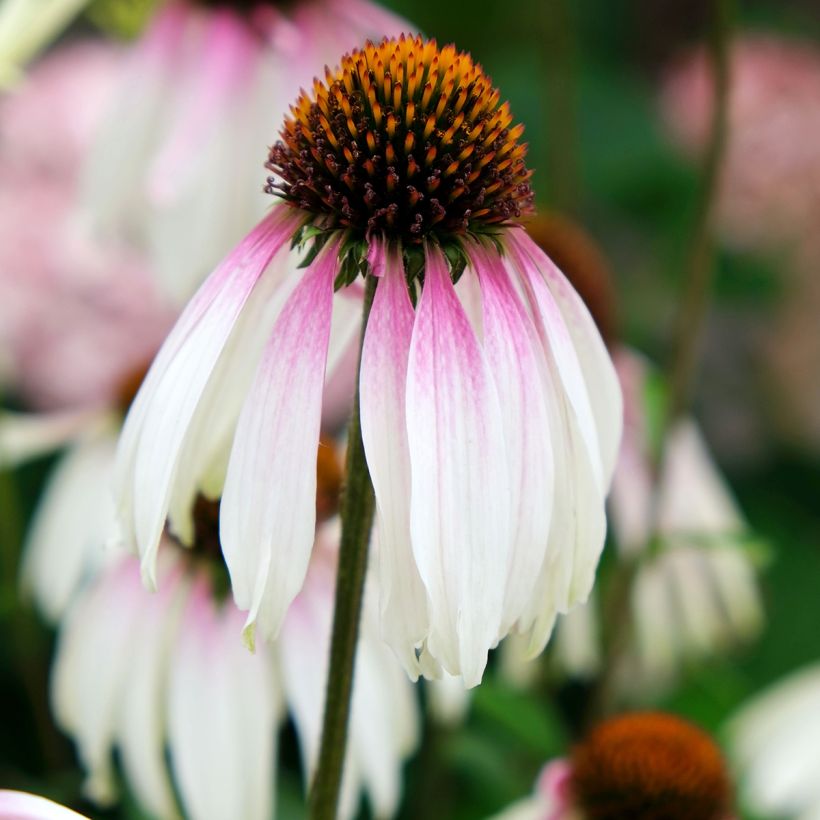

Flowering
Foliage
Plant habit
Botanical data
Echinacea
'JS Engeltje' Pretty Parasols
Asteraceae
Eastern purple coneflower, Purple coneflower
Cultivar or hybrid
Other Echinacea - Coneflower
Planting and care
Echinacea 'JS Engeltje' takes its time to establish; indeed, its growth is rather slow. But in return, once in place, it requires no particular care and is very resistant to pests and diseases. It is preferably planted in spring, in a sunny location, in a mixture of potting soil and garden soil. The soil must be deep and loose to accommodate its root system. Mulch the base in May to retain moisture in summer. Remove faded flowers as they appear. Divide the clump when flowering slows down. As the plant ages, it becomes more susceptible to aphid attacks and powdery mildew. Mulch the base in May to retain moisture in summer, as it is sensitive to water shortage during flowering.
Planting period
Intended location
Care
-
, onOrder confirmed
Reply from on Promesse de fleurs
Summer flowering perennials
Haven't found what you were looking for?
Hardiness is the lowest winter temperature a plant can endure without suffering serious damage or even dying. However, hardiness is affected by location (a sheltered area, such as a patio), protection (winter cover) and soil type (hardiness is improved by well-drained soil).

Photo Sharing Terms & Conditions
In order to encourage gardeners to interact and share their experiences, Promesse de fleurs offers various media enabling content to be uploaded onto its Site - in particular via the ‘Photo sharing’ module.
The User agrees to refrain from:
- Posting any content that is illegal, prejudicial, insulting, racist, inciteful to hatred, revisionist, contrary to public decency, that infringes on privacy or on the privacy rights of third parties, in particular the publicity rights of persons and goods, intellectual property rights, or the right to privacy.
- Submitting content on behalf of a third party;
- Impersonate the identity of a third party and/or publish any personal information about a third party;
In general, the User undertakes to refrain from any unethical behaviour.
All Content (in particular text, comments, files, images, photos, videos, creative works, etc.), which may be subject to property or intellectual property rights, image or other private rights, shall remain the property of the User, subject to the limited rights granted by the terms of the licence granted by Promesse de fleurs as stated below. Users are at liberty to publish or not to publish such Content on the Site, notably via the ‘Photo Sharing’ facility, and accept that this Content shall be made public and freely accessible, notably on the Internet.
Users further acknowledge, undertake to have ,and guarantee that they hold all necessary rights and permissions to publish such material on the Site, in particular with regard to the legislation in force pertaining to any privacy, property, intellectual property, image, or contractual rights, or rights of any other nature. By publishing such Content on the Site, Users acknowledge accepting full liability as publishers of the Content within the meaning of the law, and grant Promesse de fleurs, free of charge, an inclusive, worldwide licence for the said Content for the entire duration of its publication, including all reproduction, representation, up/downloading, displaying, performing, transmission, and storage rights.
Users also grant permission for their name to be linked to the Content and accept that this link may not always be made available.
By engaging in posting material, Users consent to their Content becoming automatically accessible on the Internet, in particular on other sites and/or blogs and/or web pages of the Promesse de fleurs site, including in particular social pages and the Promesse de fleurs catalogue.
Users may secure the removal of entrusted content free of charge by issuing a simple request via our contact form.
The flowering period indicated on our website applies to countries and regions located in USDA zone 8 (France, the United Kingdom, Ireland, the Netherlands, etc.)
It will vary according to where you live:
- In zones 9 to 10 (Italy, Spain, Greece, etc.), flowering will occur about 2 to 4 weeks earlier.
- In zones 6 to 7 (Germany, Poland, Slovenia, and lower mountainous regions), flowering will be delayed by 2 to 3 weeks.
- In zone 5 (Central Europe, Scandinavia), blooming will be delayed by 3 to 5 weeks.
In temperate climates, pruning of spring-flowering shrubs (forsythia, spireas, etc.) should be done just after flowering.
Pruning of summer-flowering shrubs (Indian Lilac, Perovskia, etc.) can be done in winter or spring.
In cold regions as well as with frost-sensitive plants, avoid pruning too early when severe frosts may still occur.
The planting period indicated on our website applies to countries and regions located in USDA zone 8 (France, United Kingdom, Ireland, Netherlands).
It will vary according to where you live:
- In Mediterranean zones (Marseille, Madrid, Milan, etc.), autumn and winter are the best planting periods.
- In continental zones (Strasbourg, Munich, Vienna, etc.), delay planting by 2 to 3 weeks in spring and bring it forward by 2 to 4 weeks in autumn.
- In mountainous regions (the Alps, Pyrenees, Carpathians, etc.), it is best to plant in late spring (May-June) or late summer (August-September).
The harvesting period indicated on our website applies to countries and regions in USDA zone 8 (France, England, Ireland, the Netherlands).
In colder areas (Scandinavia, Poland, Austria...) fruit and vegetable harvests are likely to be delayed by 3-4 weeks.
In warmer areas (Italy, Spain, Greece, etc.), harvesting will probably take place earlier, depending on weather conditions.
The sowing periods indicated on our website apply to countries and regions within USDA Zone 8 (France, UK, Ireland, Netherlands).
In colder areas (Scandinavia, Poland, Austria...), delay any outdoor sowing by 3-4 weeks, or sow under glass.
In warmer climes (Italy, Spain, Greece, etc.), bring outdoor sowing forward by a few weeks.

































